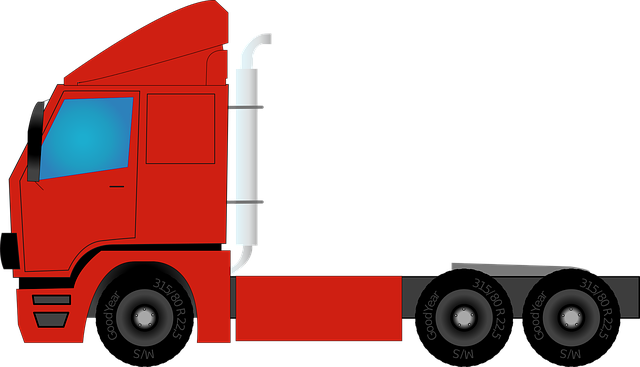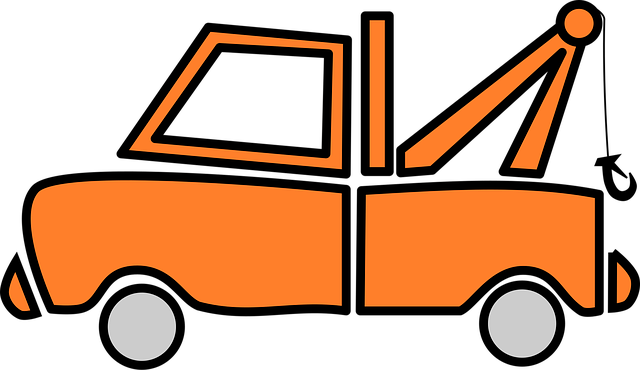Looking to register your car in California? This comprehensive guide breaks down the process, from understanding essential requirements to securing a smooth registration experience. We explore the critical step of VIN verification, detailing the documents needed and the checking procedure. Additionally, we provide a step-by-step approach to navigating the California DMV registration process. Discover key tips and frequently asked questions to make your car registration hassle-free in The Golden State.
- Understanding the Requirements for Car Registration in California
- Gathering Necessary Documents for VIN Verification
- The Process of Conducting a Vehicle Identification Number (VIN) Check
- Step-by-Step Guide to Registering Your Car with the DMV
- Important Tips and Frequently Asked Questions About California Car Registration
Understanding the Requirements for Car Registration in California

Before you can register your car in California, it’s crucial to understand the requirements for vehicle registration. The state Department of Motor Vehicles (DMV) mandates several key steps, including completing a vehicle history report through a process known as VIN verification. This is an essential step that ensures the vehicle’s identity and its compliance with legal standards.
For those opting for a mobile vin inspection or using a mobile vin verifier, this process can be conveniently completed without visiting a DMV office. The unique identifier found on the vehicle’s Vehicle Identification Number (VIN) plate or label is used to access detailed information about the car’s history, including any accidents, outstanding loans, or recall issues. This data is crucial for both the seller and buyer to make informed decisions regarding the registration and safety of the vehicle.
Gathering Necessary Documents for VIN Verification

Before registering your car in California, you’ll need to gather several key documents for a crucial step called VIN (Vehicle Identification Number) verification. This process ensures that your vehicle is genuine and meets all legal standards. For a smooth experience, it’s advisable to collect these documents ahead of time.
Your package should include the title or registration certificate from the previous state (if applicable), proof of insurance, and identification documents for both you and the car owner. Additionally, a mobile vin inspection or vin inspection by a professional verifier can be beneficial, as they provide immediate digital reports, making the verification process faster and more efficient.
The Process of Conducting a Vehicle Identification Number (VIN) Check

Conducting a Vehicle Identification Number (VIN) check is a crucial step in the car registration process in California. This procedure ensures that the vehicle’s history is accurately verified, helping to prevent fraud and ensuring compliance with state regulations. The VIN verification involves using a specialized tool or service to cross-reference the unique 17-character code with databases maintained by various government agencies and automotive industries.
In California, you can perform this vin inspection either through a mobile vin verification service or at a designated inspection station. Mobile vin inspection offers convenience as it allows you to complete the process from the comfort of your home or workplace. Alternatively, visiting an inspection station is another option, where a professional will handle the VIN check using their equipment, providing immediate results. This step simplifies the registration process and safeguards against any potential issues with the vehicle’s history.
Step-by-Step Guide to Registering Your Car with the DMV

Registering a car in California involves several straightforward steps. First, gather all necessary documents, including your vehicle’s registration from the previous state, proof of insurance, and a completed application form from the California Department of Motor Vehicles (DMV). Next, perform a VIN verification to ensure the vehicle’s identification number (VIN) is valid and matches the make, model, and year of the car.
For convenience, many Californians opt for a mobile VIN inspection or a vin verifier service. These services send a specialist to your location to conduct the VIN check, saving you time and effort. Once your VIN is verified, take your documents, including the passed inspection report, to any DMV field office to complete the registration process.
Important Tips and Frequently Asked Questions About California Car Registration

When registering your car in California, accurate and up-to-date information is key. Start by ensuring your Vehicle Identification Number (VIN) is verified—this critical step helps prevent fraud and ensures you’re legally compliant. It’s essential to have all necessary documents ready, including proof of ownership, registration history, and current vehicle inspection results. Online platforms often provide convenient options for submitting these documents, streamlining the process.
Frequently Asked Questions (FAQs) like “What if my car is out of state?” or “How do I register a classic car?” are common. The California Department of Motor Vehicles (DMV) offers extensive resources to address these queries. Additionally, consider the option of a mobile VIN inspection or verification service for added convenience. These services can be particularly useful for busy individuals or those who prefer a hassle-free experience.
Registering a car in California involves several crucial steps, from understanding the requirements to providing accurate documents for VIN verification. By following a structured process, you can ensure a smooth registration experience. The article has outlined each step, from gathering essential documents to conducting a VIN check and finally registering with the DMV. Remember, proper vehicle identification through VIN verification is key to meeting California’s registration standards. With these guidelines, you’re well-equipped to navigate the process efficiently.
